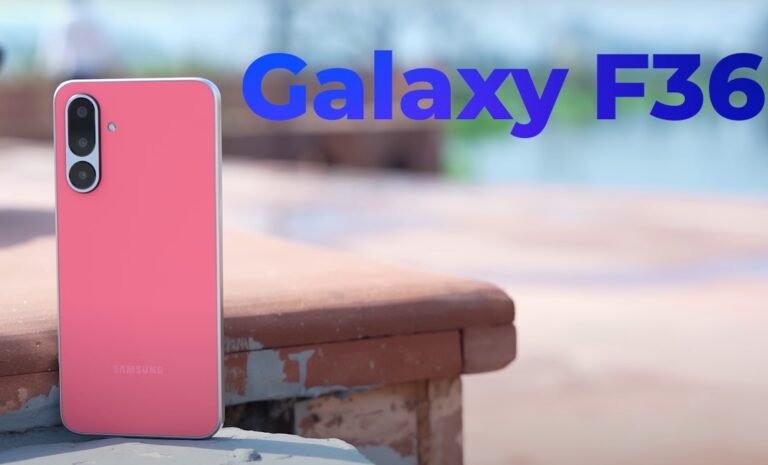OPPO Find X9 Pro connector & ports: USB-C, no headphone jack – what you should know

Full breakdown of the wired and wireless connectivity on the OPPO Find X9 Pro
The OPPO Find X9 Pro continues the current flagship trend by offering a single USB-C port as the main physical connector while removing the traditional 3.5mm headphone jack. This design direction has been consistent across recent premium smartphones, and OPPO has now applied it to this generation as well. For UK buyers, it’s important to understand how the phone handles audio, peripherals and charging before purchasing.
OPPO has officially confirmed that the Find X9 Pro uses a USB Type-C interface for all wired connections, including charging and data transfer. There is no integrated 3.5mm audio port anywhere on the device. Instead, the phone supports digital audio through USB-C only, meaning analogue headphones that rely on passive conversion are not compatible without the right adapter.
Wired headphone support is possible, but only when using USB-C digital earphones or a USB-C to 3.5mm adapter that includes a built-in DAC. Users migrating from older OPPO phones or other Android devices with analogue audio output should take note of this, as existing earphones may require an upgrade or a dedicated adapter to work with the new flagship.

Wireless connectivity remains a strong focus for the Find X9 Pro. Bluetooth audio performance has been enhanced, and the device supports the latest audio codecs for modern earbuds and wireless headphones. This positions the phone in line with the direction of most high-end devices in the market, where wireless audio is now considered the standard option for mainstream users.
The USB-C port also plays a crucial role in the Find X9 Pro’s charging capabilities. It supports fast wired charging and data transfer, alongside advanced functions depending on region and model variations. The Find X-series has consistently been associated with high-performance charging technology, and the current generation follows the same strategy, using the USB-C port efficiently across several functions.
From a design standpoint, the decision to remove the 3.5mm jack contributes to a slimmer frame and simplifies water-resistance engineering. The Find X9 Pro is built with a high level of ingress protection, and eliminating the analogue audio socket helps maintain structural integrity without sacrificing other internal components. For users who prioritise durability and premium construction, this change aligns with current build trends.
For content creators and professionals, the USB-C port supports external storage and accessories, making the phone suitable for tasks such as rapid file transfer and on-the-go editing. Although the exact compatibility varies by accessory, the shift to USB-C as a universal connector enables greater flexibility for those who rely on wired workflows.
UK consumers considering the Find X9 Pro should evaluate their current audio setup before switching. Those who already use Bluetooth earbuds will find zero disruption, while owners of wired 3.5mm headphones may need to purchase additional hardware for compatibility. Checking whether an adapter includes digital audio support will prevent unnecessary inconvenience after purchase.
The lack of a headphone jack does not reduce the phone’s premium feature offering, but it does require a small shift in user habits. Buyers who prioritise wired audio for gaming or high-resolution music can continue doing so through the USB-C ecosystem, while others may choose to move fully to wireless solutions. OPPO’s support for modern codecs ensures a strong wireless listening experience regardless of the choice.
In summary, the OPPO Find X9 Pro relies entirely on USB-C for physical connectivity and does not include a 3.5mm audio jack. This approach gives the phone modern accessory compatibility, improved water resistance and a more polished design while placing emphasis on Bluetooth for everyday audio. Understanding these changes helps UK users get the best out of the device without unexpected compatibility surprises.






